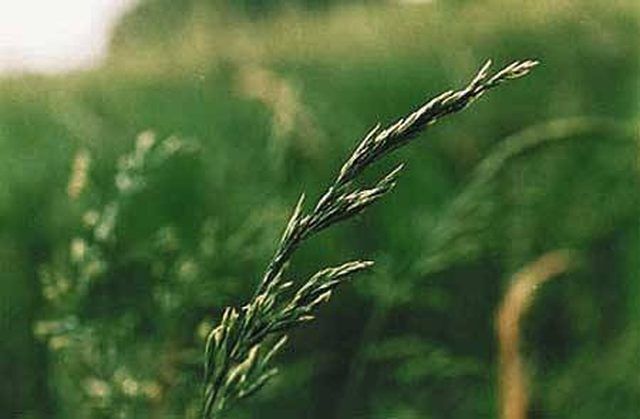Bulbs
Flower Basics
Flower Beds & Specialty Gardens
Flower Garden
Garden Furniture
Garden Gnomes
Garden Seeds
Garden Sheds
Garden Statues
Garden Tools & Supplies
Gardening Basics
Green & Organic
Groundcovers & Vines
Growing Annuals
Growing Basil
Growing Beans
Growing Berries
Growing Blueberries
Growing Cactus
Growing Corn
Growing Cotton
Growing Edibles
Growing Flowers
Growing Garlic
Growing Grapes
Growing Grass
Growing Herbs
Growing Jasmine
Growing Mint
Growing Mushrooms
Orchids
Growing Peanuts
Growing Perennials
Growing Plants
Growing Rosemary
Growing Roses
Growing Strawberries
Growing Sunflowers
Growing Thyme
Growing Tomatoes
Growing Tulips
Growing Vegetables
Herb Basics
Herb Garden
Indoor Growing
Landscaping Basics
Landscaping Patios
Landscaping Plants
Landscaping Shrubs
Landscaping Trees
Landscaping Walks & Pathways
Lawn Basics
Lawn Maintenance
Lawn Mowers
Lawn Ornaments
Lawn Planting
Lawn Tools
Outdoor Growing
Overall Landscape Planning
Pests, Weeds & Problems
Plant Basics
Rock Garden
Rose Garden
Shrubs
Soil
Specialty Gardens
Trees
Vegetable Garden
Yard Maintenance
How to Identify Grass Seed Head Growth
How to Identify Grass Seed Head Growth. Learning how to identify the different stages that a grass plant goes through will help you take care of your lawn. There are certain things you can do to learn what is what without looking like you might be uneducated. Here are a few ways to identify grass seed head growth.
Learning how to identify the different stages that a grass plant goes through will help you take care of your lawn. There are certain things you can do to learn what is what without looking like you might be uneducated. Here are a few ways to identify grass seed head growth.
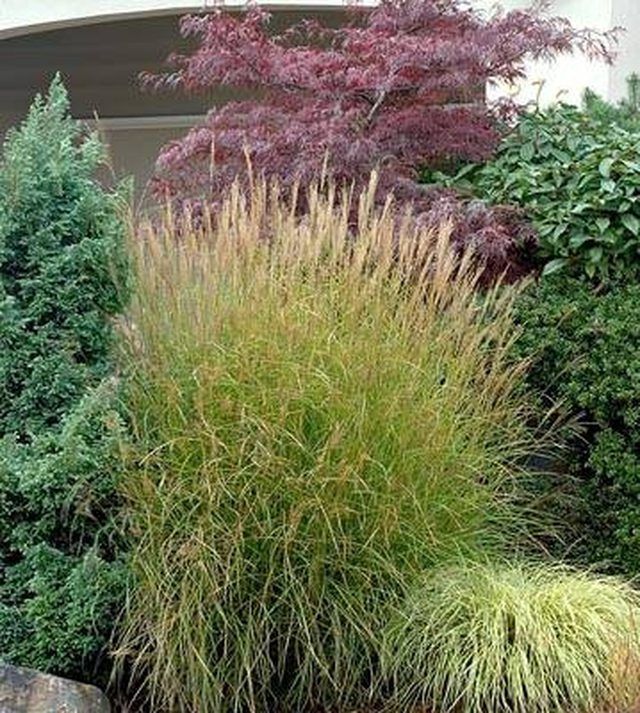
Step 1
Look at the plant and see if has the characteristics of crabgrass, a very common type of grass. Crabgrass forms mats that hug the ground and send up seed heads on thin stems. The seed heads are about 6 inches long and spread out like fingers with four or five per stem. Sometimes as this type of grass gets older, the plant has purple stems.
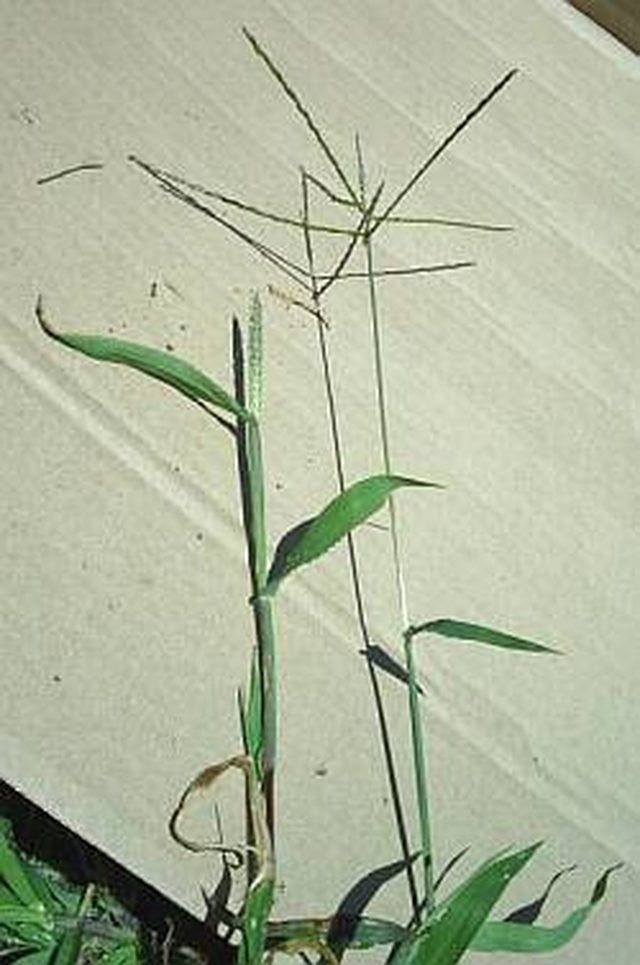
Step 2
Pick a seed head and compare it to this picture. If your grass seed head looks like a grain head with little fuzzies on it, it could be the common bluegrass. The plant tends to have a darker blue hue than other grasses. The leaf blade has a little crinkle in the middle. It's not a ground cover grass, as it has a shallow root system and only grows to about 6 inches high.
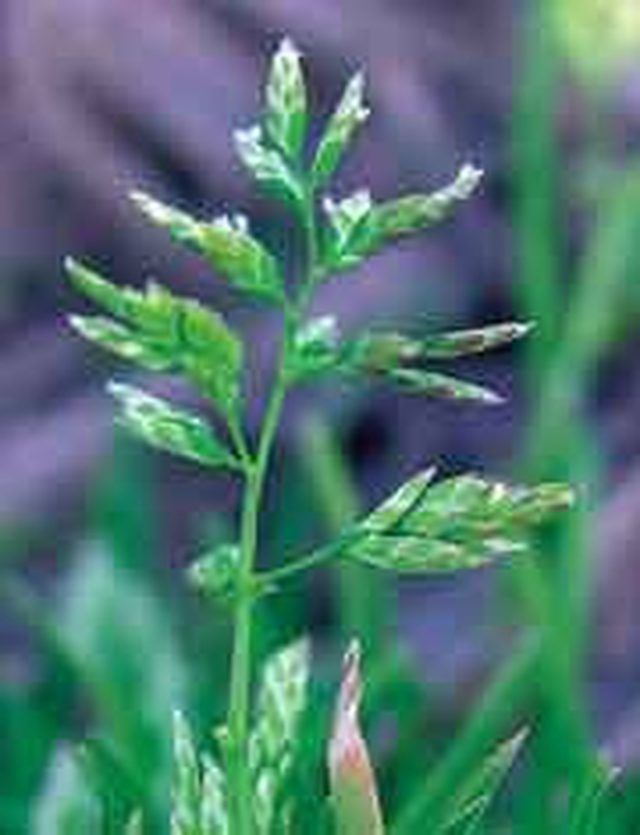
Step 3
Compare your seed head to this picture of rye grass. It actually looks like you're growing grains in your yard, with the plumes of seeds hanging onto the side of the stem. The plant tends to be a shiny, bright green with thin blades of grass that form a soft lawn.
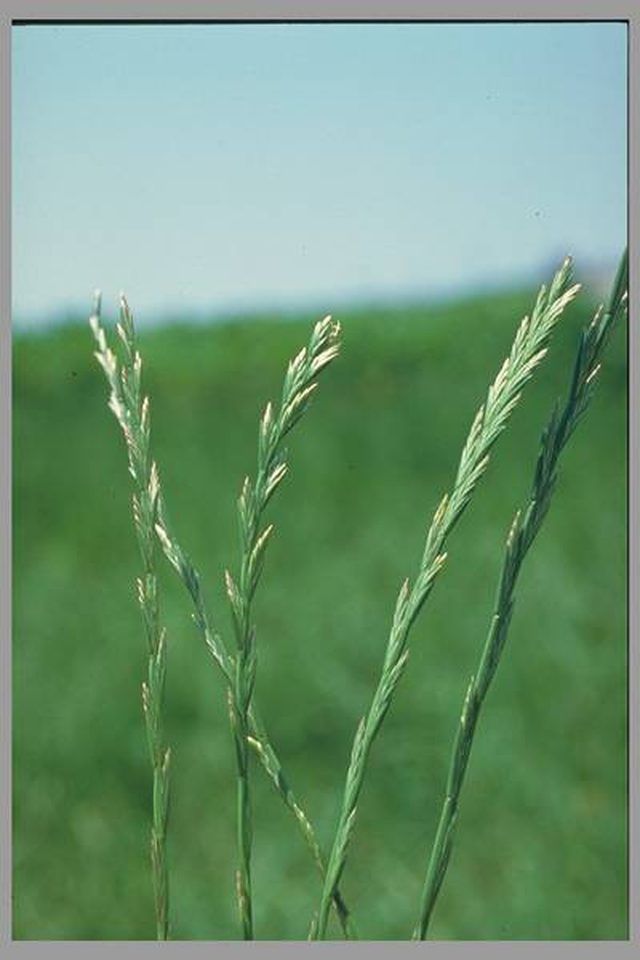
Step 4
Decide if your grass seed head looks like couch grass. This is a tough, skinny, almost sharp seed head that can scratch your ankles when you walk by quickly. This tends to be treated as a weed because of its mat forming. The seed head looks like a mini umbrella frame.
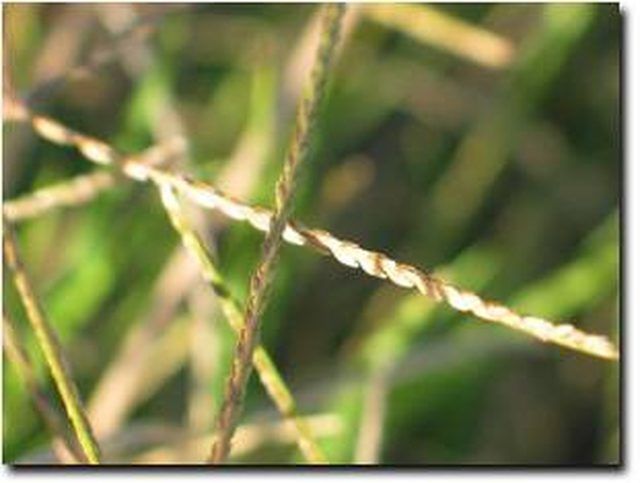
Step 5
Compare your grass to this picture of a tall fescue seed head. This is a very common plant that spreads into whole fields of grasses that can grow 4 feet high. It produces a lot of seeds that are enjoyed by wildlife. The blades are a little shiny on the underside and serrated on the edges.
